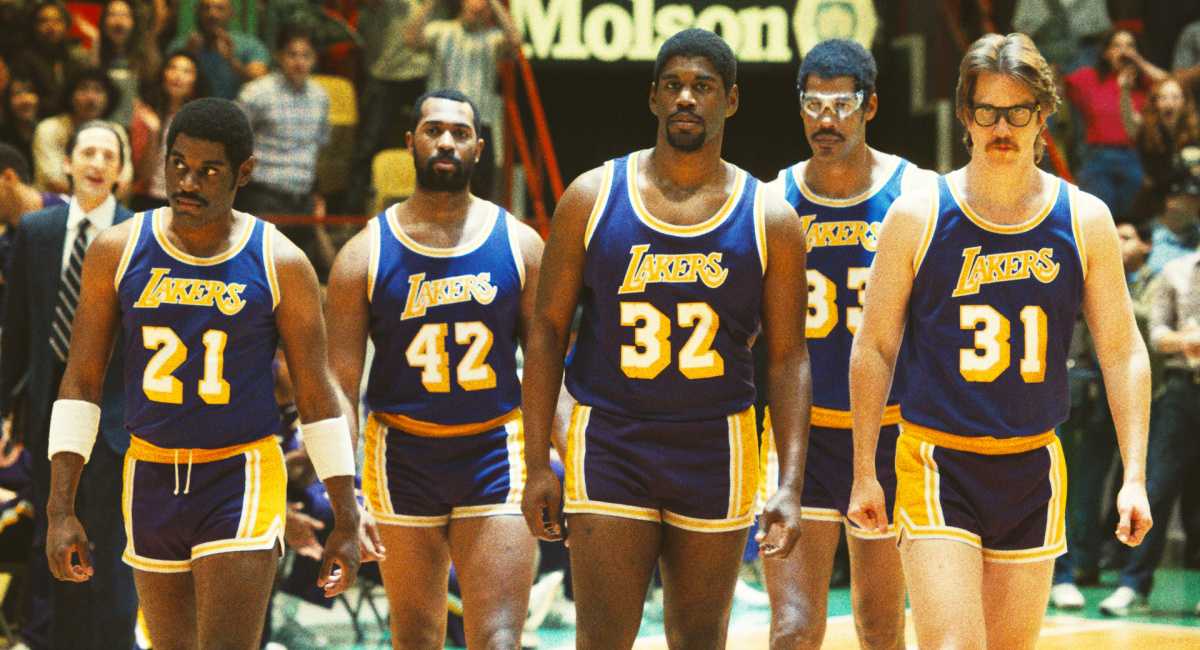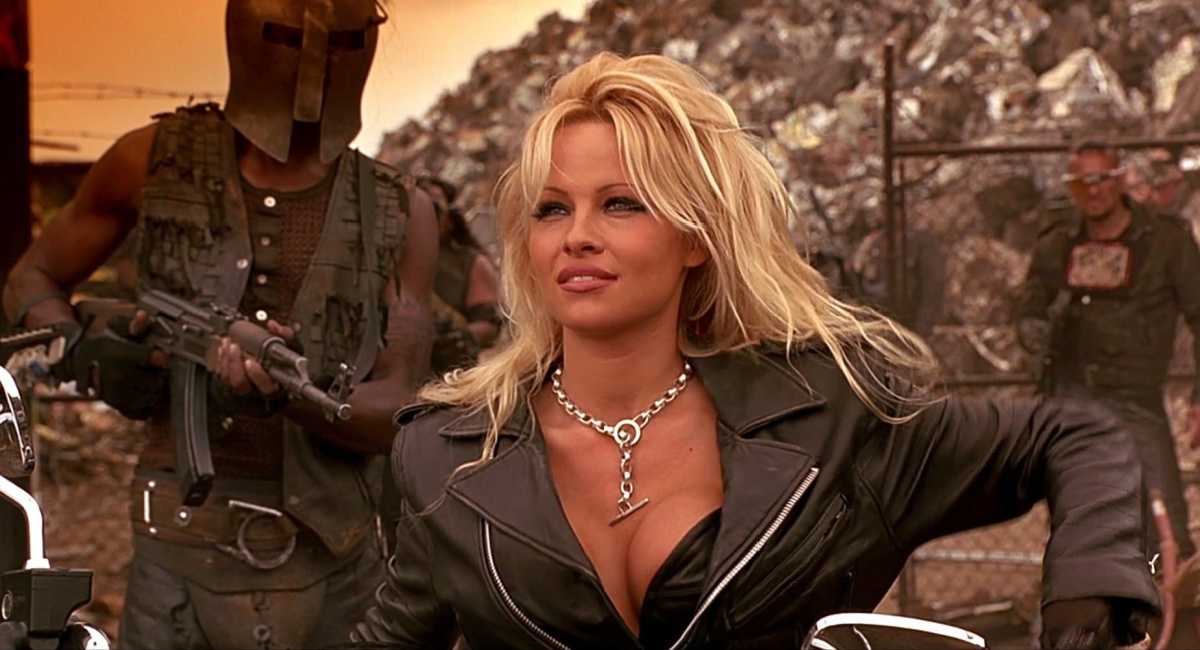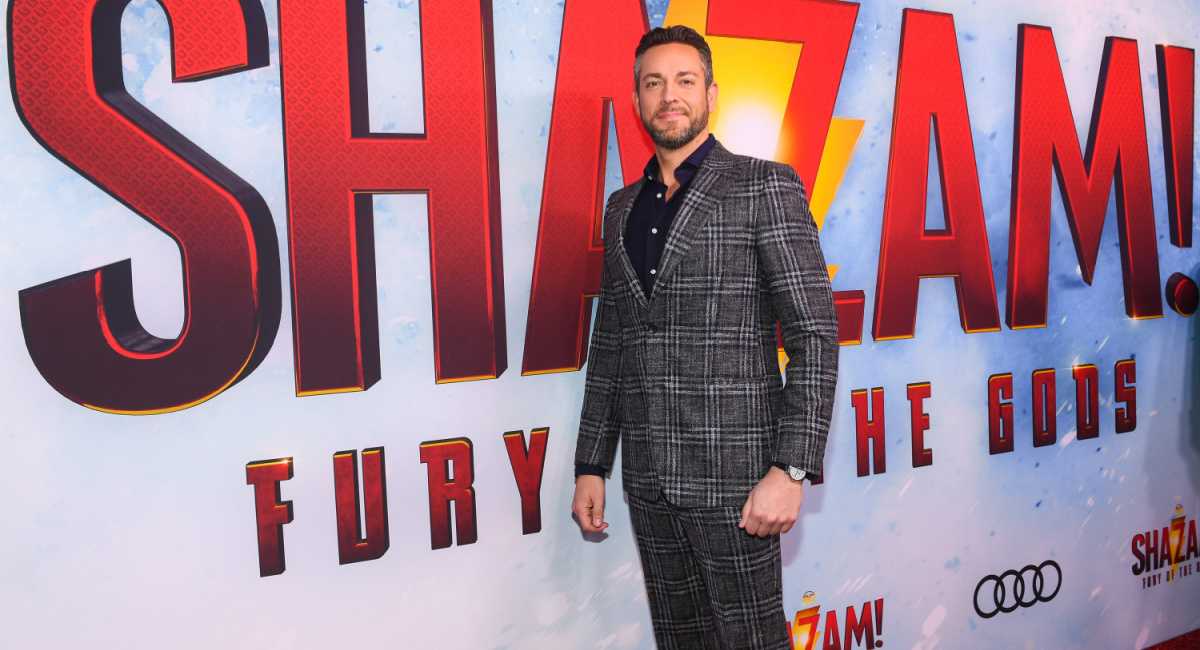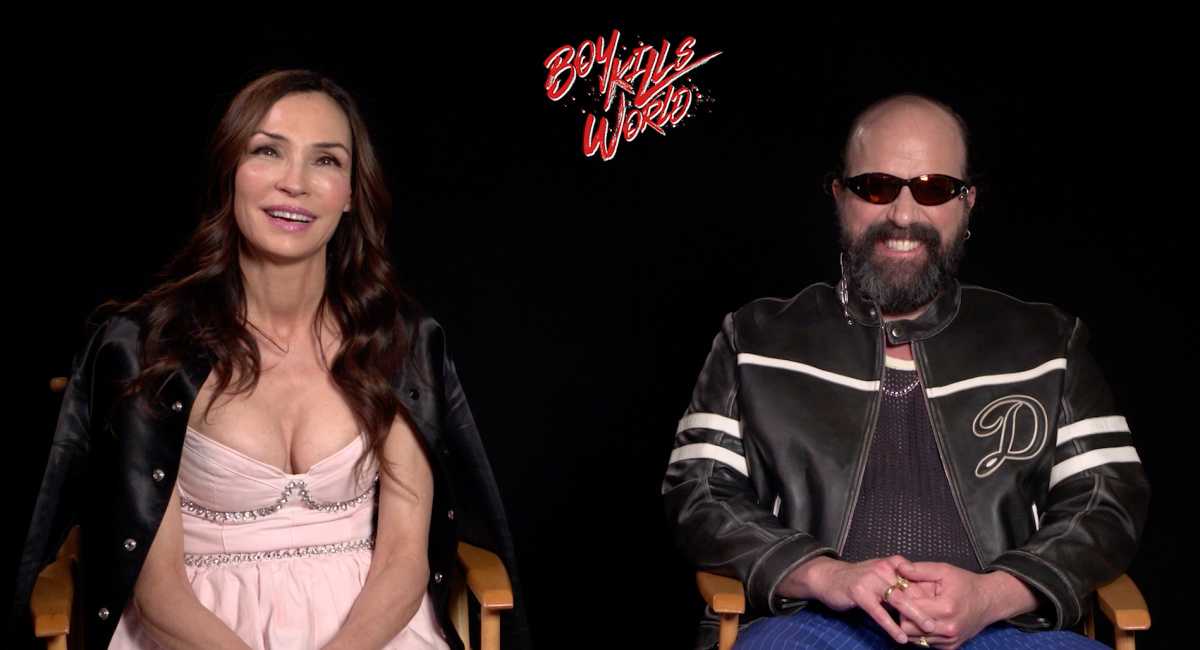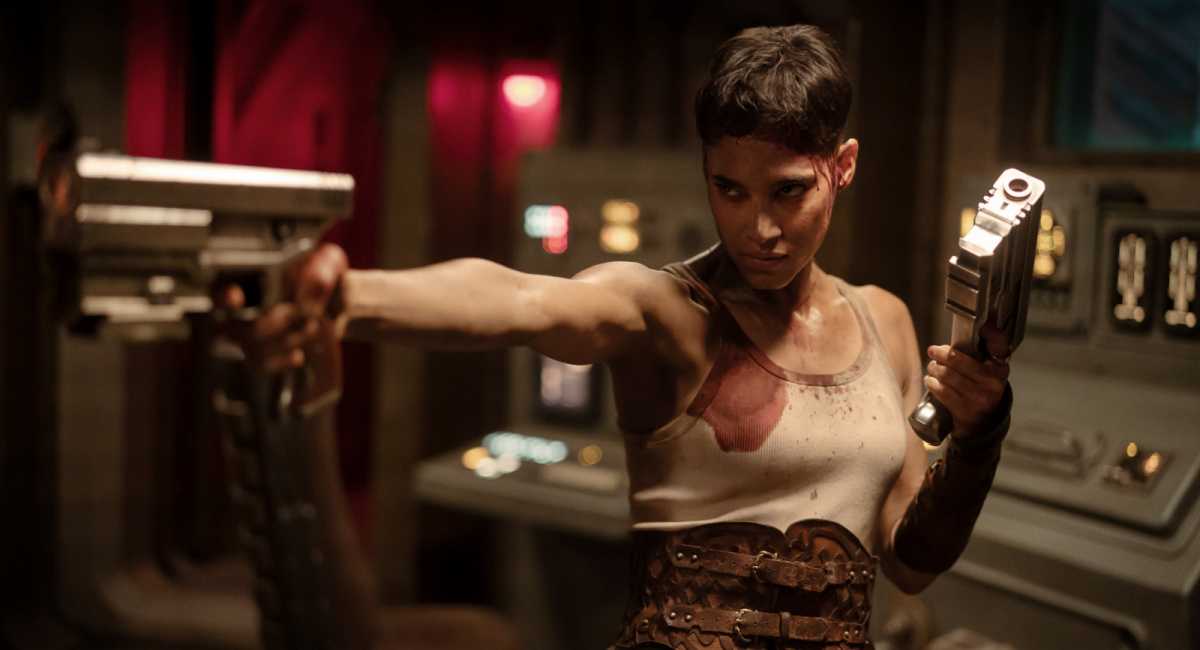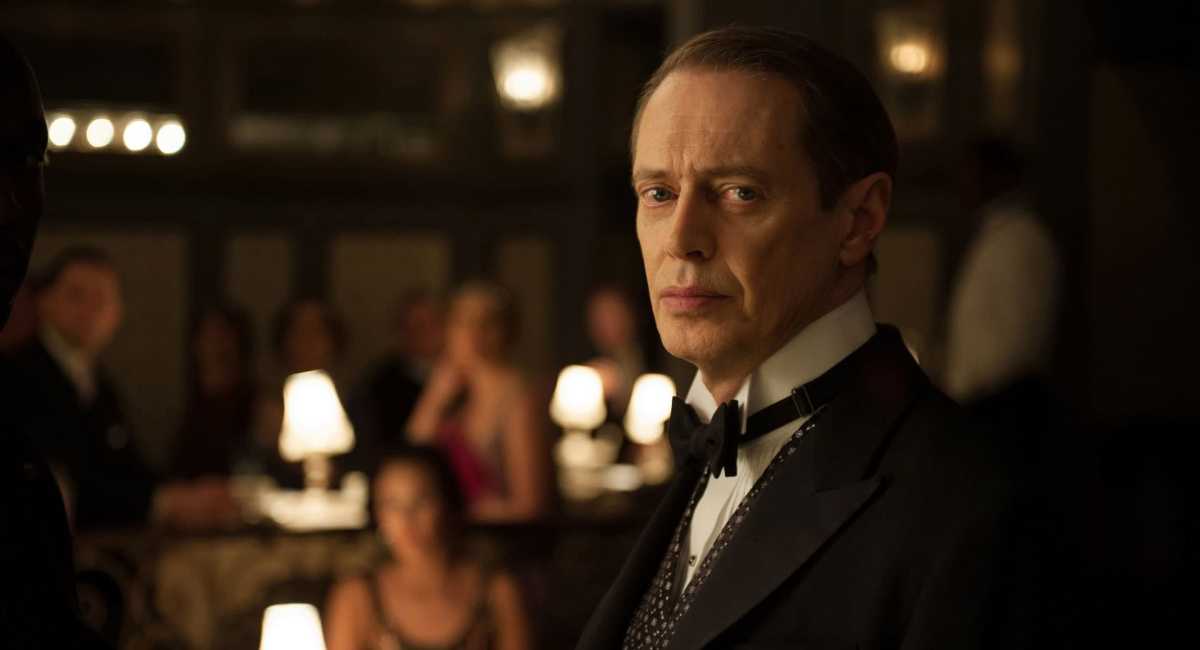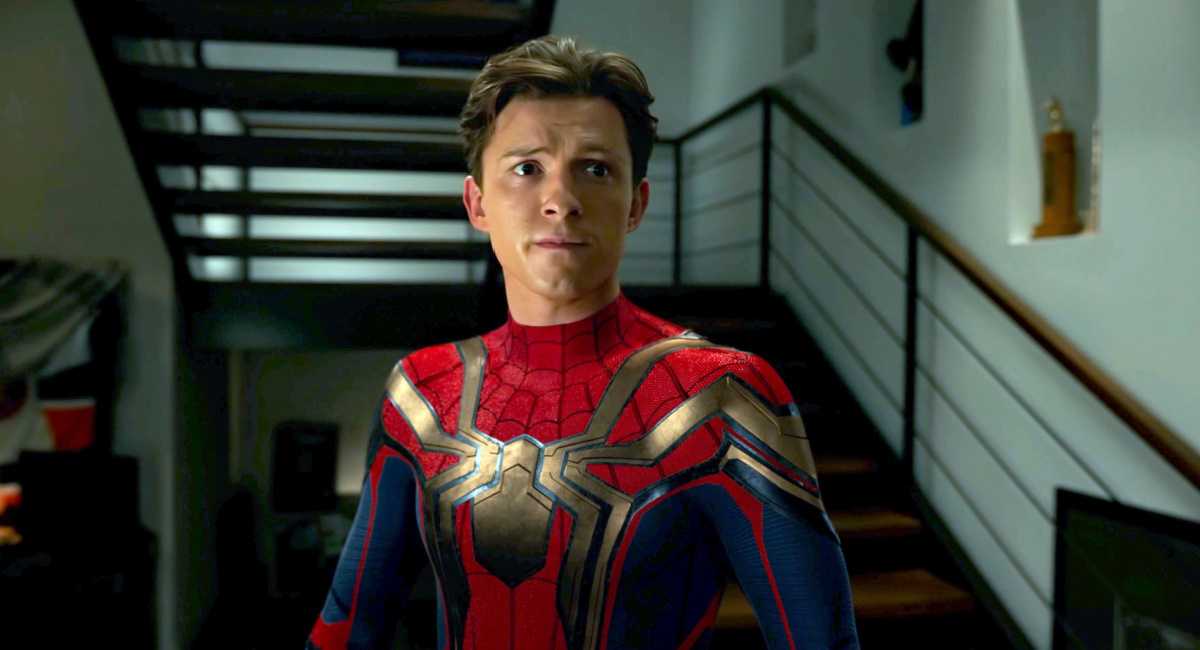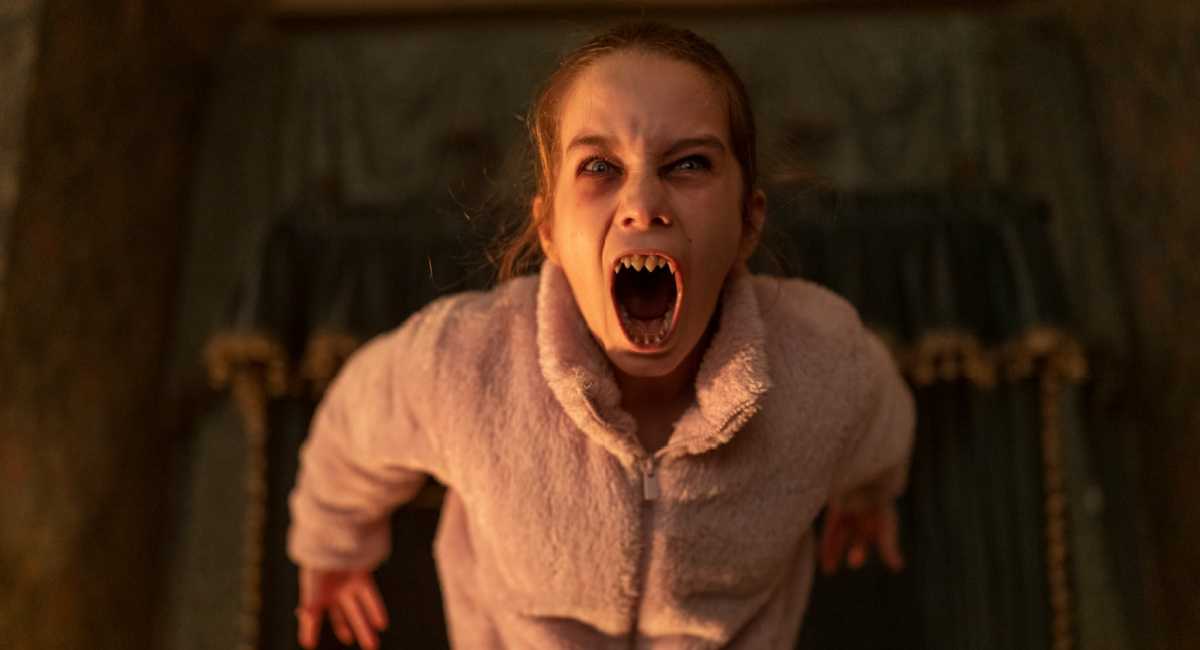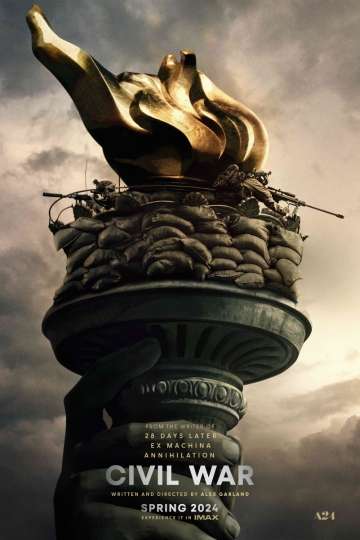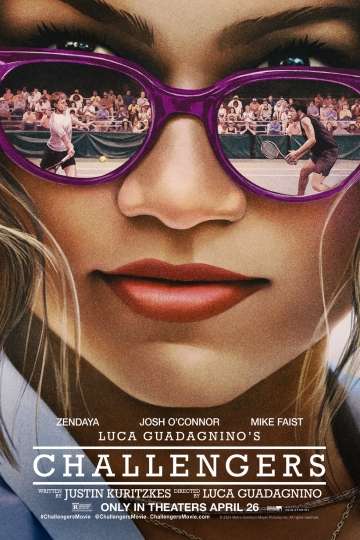'Ralph Breaks The Internet' Review: Disney's Much-Anticipated Sequel Is a Wild, Unpredictable Ride
The long-awaited sequel to “Wreck-It Ralph” is titled “Ralph Breaks the Internet,” but it’s probably more accurate to say that the internet breaks him.
After years of gameplay in the 8-bit world of “Fix-It Felix Jr.,” the character’s first foray into the weird, wild world of the Web is as cacophonous and overwhelming as you might expect. But of the many goods and services provided at the click of a button, the most dangerous for Ralph -- and the most needed -- is a mirror for his own behavior. John C. Reilly and Sarah Silverman return as the anchors of this delightful digital journey, but for such a vivid and energetic look inside the internet, directors Rich Moore and Phil Johnston offer a shrewd and surprisingly unsentimental look at the dangers of focusing on just one thing in a world full of endless opportunities to connect.
Six years after the events of the first film, Ralph (Reilly) and Vanellope (Silverman) have settled into a familiar routine -- “working” in their games by day, boozing it up at Tapper’s at night. But when the Sugar Rush game breaks in the real world, Mr. Litwak (Ed O’Neill) shuts it down, forcing Vanellope and her fellow drivers to seek shelter elsewhere in the arcade. Ralph, determined to help his best friend, infiltrates Litwak’s newly acquired internet connection and the two venture into its new and overwhelming landscape in search of replacement parts. What they soon learn, however, is that even digital characters need money, and after inadvertently driving up the price of the part, they need lots of it.
Crossing paths with J.P. Spamly (Bill Hader), who promises opportunities to score quick cash playing video games, Ralph and Vanellope start doing what they do best in other worlds -- including Slaughter Race, a brutal Mad Max-like racing game where Vanellope meets her match, and possible new BFF, in Shank (Gal Gadot), its head driver. But when Ralph becomes threatened by Vanellope’s burgeoning curiosity about a world outside not just their respective games but the friendship he holds most dear, he begins to discover just how fickle the internet can be. Soon, he is forced to consider whether his insulated life of routine is protecting him from the rest of the world, or keeping him from exploring it.
If you’ve seen a single pixel of footage from the movie in advertisements, then you know that the Disney princesses make an appearance -- a sly and hilarious display of corporate synergy that sends up not only the internet’s bottomless reservoir of time-wasting crossovers, but also many of the bygone conventions applied to the studio’s animated heroines. Moore and Johnston don’t quite always fall on the right side of when to include a “real world” company like Google or Ebay and when to make one up, but the movie is most successful when it’s skewering not just the companies and properties that comprise our great electronic unifier but the method and rhythms of our interactions with it. Ralph’s efforts to generate “hearts” in exchange for cash is hysterical and sort of wonderfully depressing in its pandering desperation -- he will literally do anything, no matter how shameless -- but it connects the movie to some real and unflattering truths about the web, and via the title character, some of the folks who spend the most time on it.
Specifically, Ralph has built himself a comfortable existence as Vanellope’s best friend, and just as he feels complete satisfaction from that dynamic, he expects her to feel the same way -- and when she doesn’t is when the whole internet comes crashing down. The movie explicitly articulates some simple, important truths -- “never read the comments” -- but the more oblique ones are probably the most essential to heed, especially as Ralph’s determination to “protect” and “help” Vanellope manifests itself in increasingly unhealthy ways. Such lessons are of course relevant in electronic space where cruelty and kindness can be dished out carelessly and be dismissed (especially by the perpetrator) as intangible. They feel particularly necessary, however, and astute, in a real world where “finding one’s tribe” can lead easily to a sense of isolation -- and marginalization.
That this culminates in a literal 800-foot Ralph, constructed from a swirling mass of smaller Ralphs, chasing Vanellope unfortunately threatens to overshadow such messages. Few animated movies in recent memory, much less from the likes of Disney, seem to wholeheartedly embrace the outlandish and fully bizarre visual opportunities that premises like this one introduce, but indulging them also makes for a wild and unpredictable ride. But then again, that’s sort of the point of the whole film, certainly for Vanellope -- if you knew what you were getting into, or you’d already gotten into it, why take the ride again? And of course, per Ralph, there’s also something to be said about the security, and the reassuring familiarity, of experiencing something that’s at least somewhat like something you’ve done before.
But ultimately, that’s why as discordant and unconventional as it sometimes is, “Ralph Breaks the Internet” resonates powerfully -- because in addition to having a healthy perspective about both the pluses and minuses of the web, it takes some significant virtual epiphanies and applies them to characters who feel truly human.

